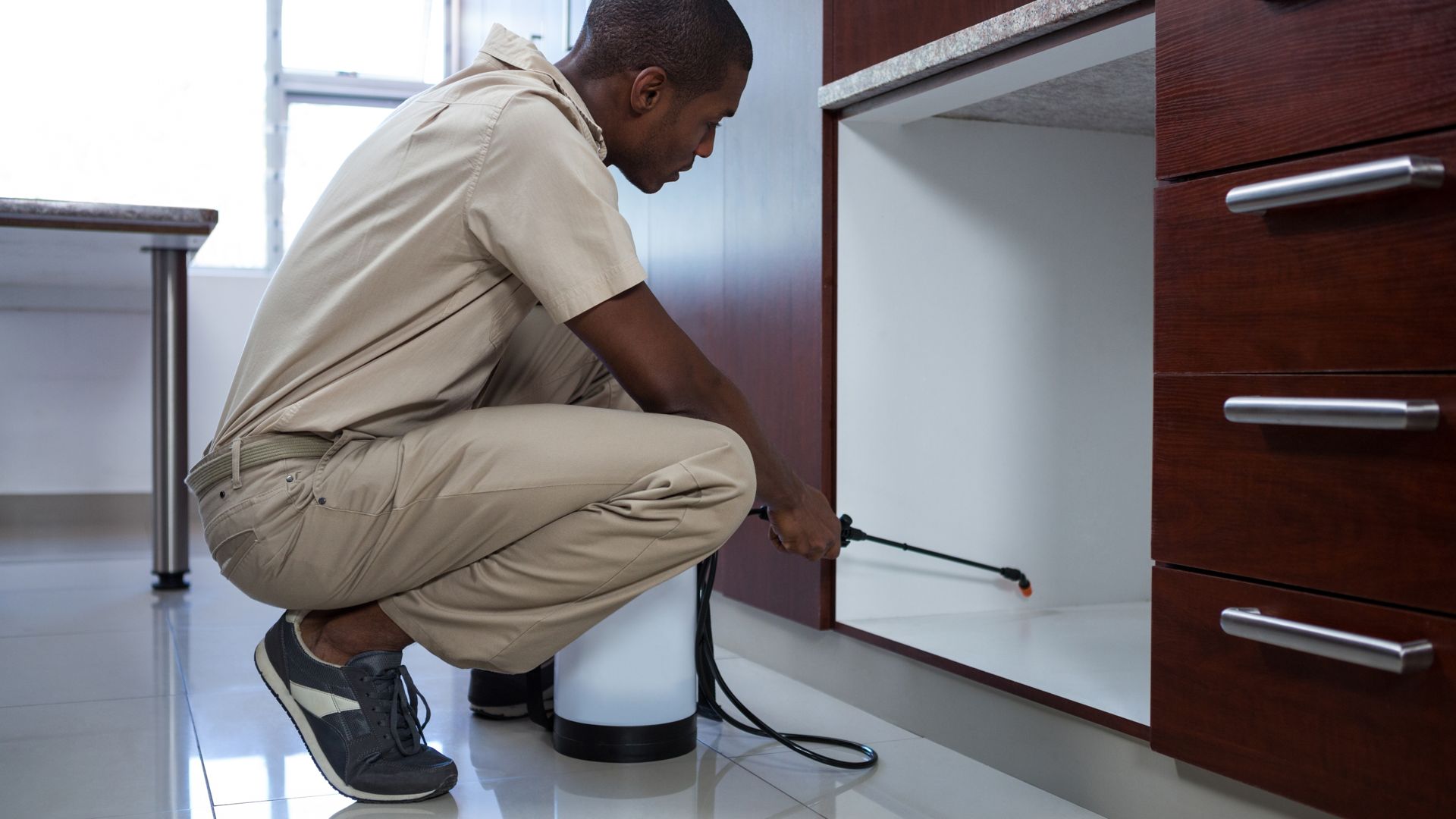One of the best parts about Dallas is how it’s almost always barbecue weather. All year long, Dallas can provide ideal conditions for enjoying outdoor time on your property. Whether you’ve got a pickup game going in the yard or a picnic on the deck, wasps in Dallas can turn a fun afternoon into a dangerous situation very quickly.
Multiple Stings: Multiple Hazards
Three types of wasps that typically invade Dallas properties are paper wasps, hornets, and yellow jackets. Wasp is simply the term for the entire family of winged insects that are differentiated from bees by their skinny “waists” that separate their abdomens from their stingers.
Yellow jackets are the most social of the trio, making large nests in holes in the ground with other yellow jackets. Paper wasps and hornets, however, prefer aerial positions for nesting. Often using tree branches or the ceilings of outdoor decks, paper wasps and hornets will mix their saliva with wood to create the proper materials for nest building.
If you notice these wasp nests around the outdoor areas of your house, don’t try and deal with the issue yourself. When you see a nest that appears empty, there could be wasps hiding inside, waiting to come out in full force when disturbed. What makes an interaction with wasps so dangerous is their pack mentality and their ability to sting multiple times. Unlike bees, they don’t die after one sting, and they can emit a distress signal to other wasps in the area when disturbed.
This puts you at severe risk of an alarming number of stings. Multiple stings in a short amount of time can lead to a long list of health hazards, the most serious of which is anaphylactic shock, which can be fatal.
Prevention Priorities
With all of these severe health threats on the line, you’ll want to prevent wasps from nesting on your property at all costs. While it may seem time-consuming, there is a long list of things you can do to limit the factors on your property that could attract them. Sugary drinks, for instance, will attract wasps to your outdoor barbecues (and even lead to a wasp sneaking into your open soda can). However, fruits and hummingbird feeders are much more likely to attract wasp activity to your property. Try these guidelines for limiting wasp attraction:
- Get rid of any existing wasp nests (with the help of a professional).
- Limit outdoor food sources like hummingbird feeders and pet food.
- Make sure all exterior doors and windows have screens to prevent wasp entry.
- Store outdoor garbage properly in secure containers.
Another thing to keep in mind about wasps is their desire to pollinate the vegetation around your property. Many farmers keep them around for pollination purposes (and because of their ability to kill crop-harming pests). Most homeowners, however, would consider the benefits to their vegetation a poor trade for the potential dangers that wasps can bring. Since they love to pollinate, wasps are highly attracted to the spearmint plant (one of the most invasive plants in the area). The wormwood plant, however, contains a toxin that will ward off wasps in the area.
Even armed with this list of suggestions, many homeowners still find themselves dealing with wasp issues. If you notice a nest on your property, it can be incredibly dangerous to try and deal with it yourself. Instead of putting yourself and your family at risk, why not use a method that is guaranteed to get rid of wasps? For safe and effective pest control, contact the professionals at Greenforest Termite and Pest Control.

